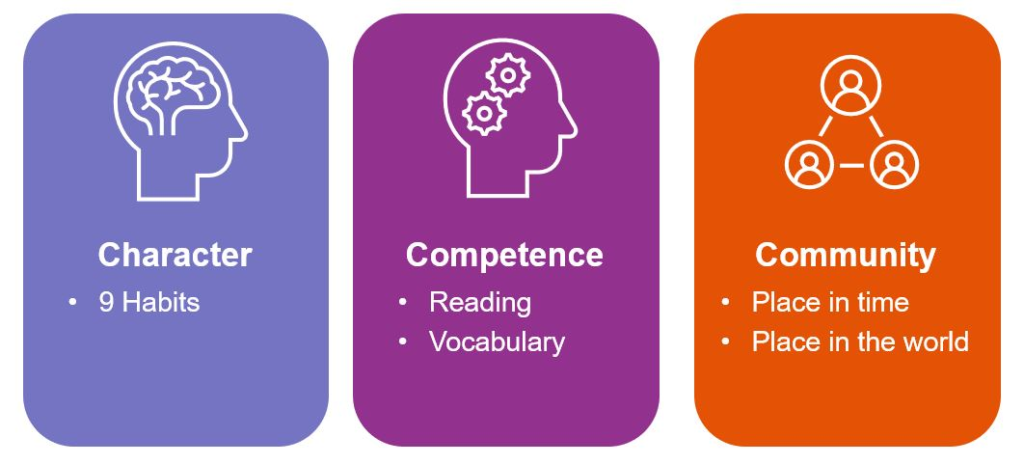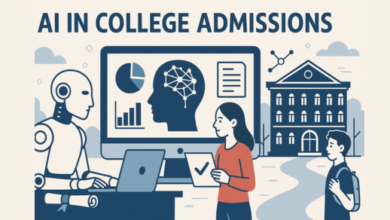The Montessori Method: A Holistic Approach to Learning

The Montessori Method is a renowned educational approach that emphasizes a holistic and child-centered learning experience. Developed by Dr. Maria Montessori in the early 20th century, this method has gained worldwide recognition for its unique philosophy and practices. This article explores the core principles of the Montessori Method and its impact on child development and education.

A Brief Overview of the Montessori Method
Dr. Maria Montessori, an Italian physician and educator, founded the Montessori Method based on her observations of children’s natural tendencies and needs. The core principles of the Montessori Method can be summarized as follows:
- Prepared Environment:
Montessori classrooms are carefully designed to provide a stimulating and orderly environment. Materials are arranged to encourage independent exploration and learning.
- Freedom within Limits:
Montessori education grants children the freedom to choose their activities within a structured framework. They can work at their own pace and choose activities that interest them.
- Self-Directed Learning:
Children are encouraged to pursue their own interests and follow their natural curiosity. Teachers serve as guides rather than directors.
- Hands-On Learning:
Montessori materials are designed to be self-correcting and encourage hands-on exploration, enabling children to learn through direct experience.
- Mixed-Age Grouping:
Montessori classrooms typically have mixed-age groups, allowing younger children to learn from older peers and older children to reinforce their knowledge by teaching.
- Individualized Education:
Montessori teachers observe each child’s progress and tailor their instruction to meet individual needs and interests.
- Respect for the Child:
The Montessori Method emphasizes respect for each child as an individual with unique qualities, interests, and potential.
Impact on Child Development
The Montessori Method has a profound impact on child development, fostering intellectual, social, emotional, and physical growth:
- Cognitive Development:
The hands-on materials and self-directed learning in Montessori classrooms promote cognitive development, critical thinking, and problem-solving skills.
- Independence and Self-Discipline:
Children in Montessori environments learn to manage their time and make choices independently. This helps develop self-discipline and a strong sense of autonomy.
- Social Development:
Mixed-age groupings encourage social interaction and collaboration. Children learn to respect and support each other.
- Emotional Development:
The emphasis on independence, self-motivation, and a sense of belonging fosters emotional well-being and self-esteem.
- Physical Development:
Montessori materials and activities encourage fine and gross motor skill development, coordination, and sensory exploration.
Benefits of the Montessori Method
The Montessori Method offers a range of benefits for students, parents, and educators:
- Child-Centered Learning:
Montessori education places the child at the center of the learning process, allowing them to explore and discover their interests and abilities.
- Independence and Responsibility:
Children in Montessori classrooms develop a strong sense of responsibility and independence, which are valuable life skills.
- Holistic Development:
The method focuses on the development of the whole child, nurturing cognitive, social, emotional, and physical growth.
- Lifelong Learning:
The Montessori approach fosters a love of learning, encouraging children to become lifelong learners who are curious and self-motivated.
- Social Skills:
Mixed-age groupings and collaborative activities enhance social skills, empathy, and respect for others.
- Strong Sense of Community:
Montessori classrooms often foster a strong sense of community, where children feel supported and valued.
- Individualized Instruction:
Montessori teachers adapt their instruction to meet the unique needs and interests of each child.
- Encourages Creativity:
The Montessori approach values creative expression and allows children to explore their creativity freely.
Challenges and Criticisms
While the Montessori Method is widely praised, it also faces some criticisms and challenges:
- Limited Accessibility:
Montessori education can be expensive, making it less accessible to some families.
- Lack of Standardization:
Montessori schools may vary in their approach and adherence to the method’s principles, which can lead to inconsistencies in quality.
- Transition to Traditional Education:
Transitioning from a Montessori environment to a traditional school setting can be challenging for some students.
- Critics of Structure:
Some critics argue that the method’s emphasis on freedom and independence may lack necessary structure and discipline.
The Montessori Method Around the World
The Montessori Method has gained global recognition and is implemented in diverse educational settings worldwide:
- North America:
Montessori schools in the United States and Canada offer a range of programs from infancy through elementary and even high school.
- Europe:
Montessori schools can be found in numerous European countries, and the method is widely appreciated for its child-centered approach.
- Asia:
Montessori education has gained popularity in countries like India, China, and Japan, with a growing number of Montessori schools.
- Africa:
Montessori education is also making inroads in African countries, emphasizing its focus on holistic child development.
Conclusion
The Montessori Method remains a compelling and influential approach to education that values the child’s innate curiosity, independence, and holistic development. While it faces challenges and criticisms, its impact on child development and lifelong learning is undeniable. The method continues to evolve and adapt to meet the changing needs of students in the 21st century, making it a powerful and enduring force in the field of education.




